John Gilligan: NEUP in support of university nuclear R&D
John Gilligan has been the director of the Nuclear Energy University Program (NEUP) since its creation in 2009 by the Department of Energy’s Office of Nuclear Energy (DOE-NE). NEUP consolidates DOE-NE’s university support under one program and engages colleges and universities in the United States to conduct research and development in nuclear technology. The two main R&D areas for NEUP funding are fuel cycle projects, which include evolving sustainable technologies that improve energy generation to enhance safety, limit proliferation risk, and reduce waste generation and resource consumption; and reactor projects, which strive to preserve the existing commercial light-water reactors as well as improve emerging advanced designs, such as small modular reactors, liquid-metal-cooled fast reactors, and gas- or liquid-salt-cooled high-temperature reactors.



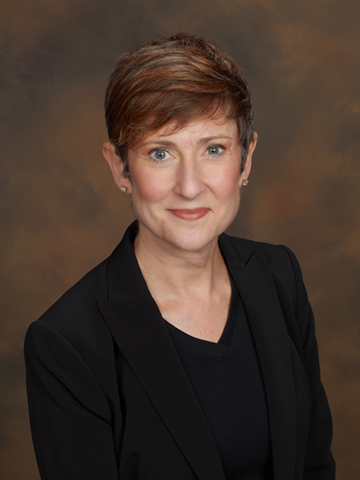

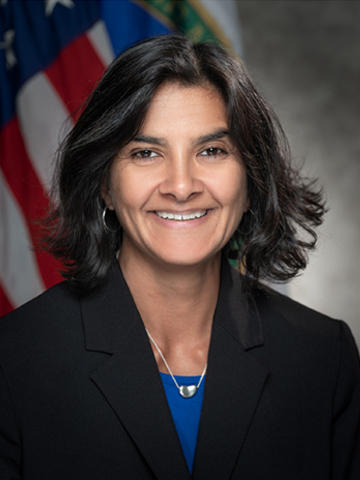
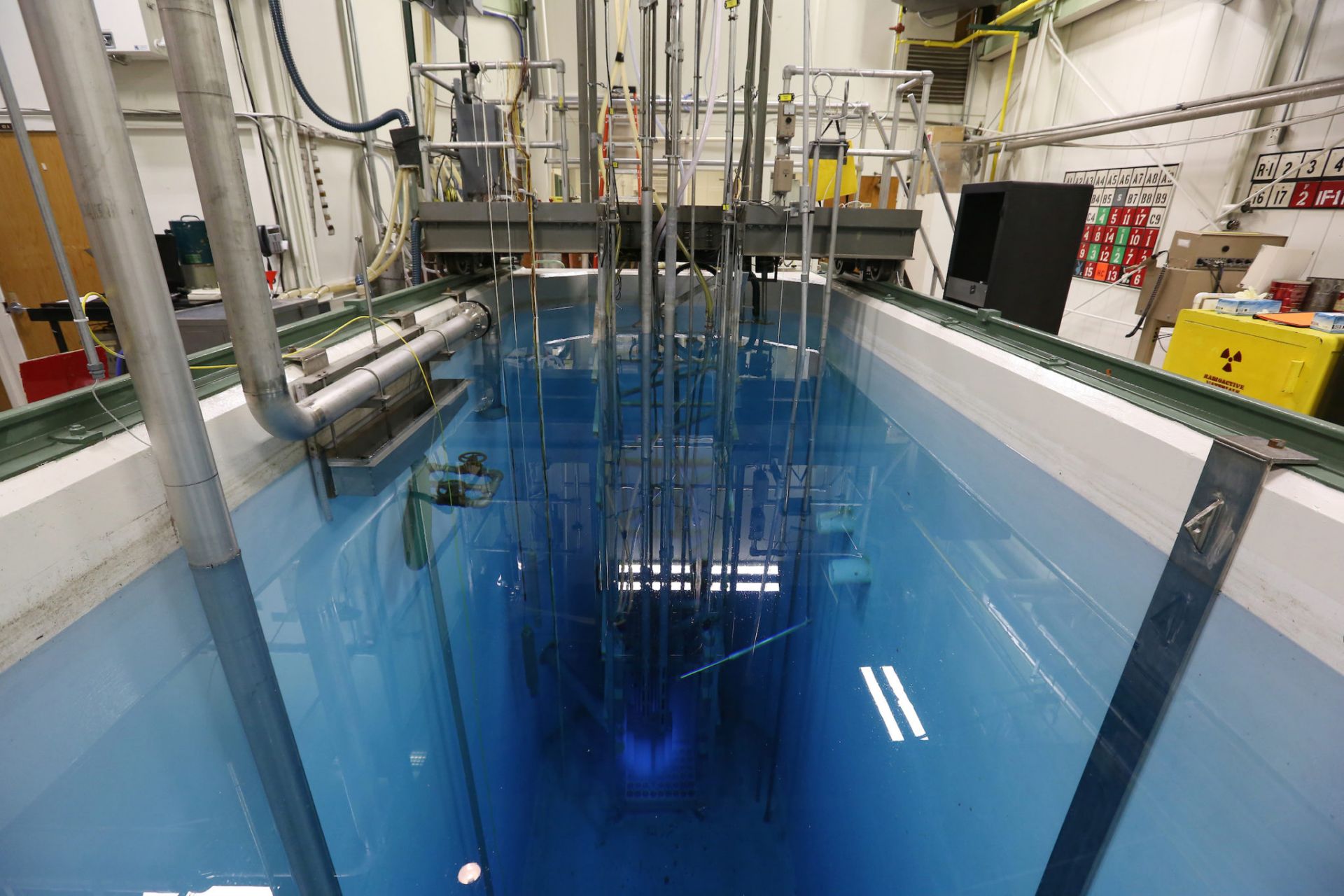
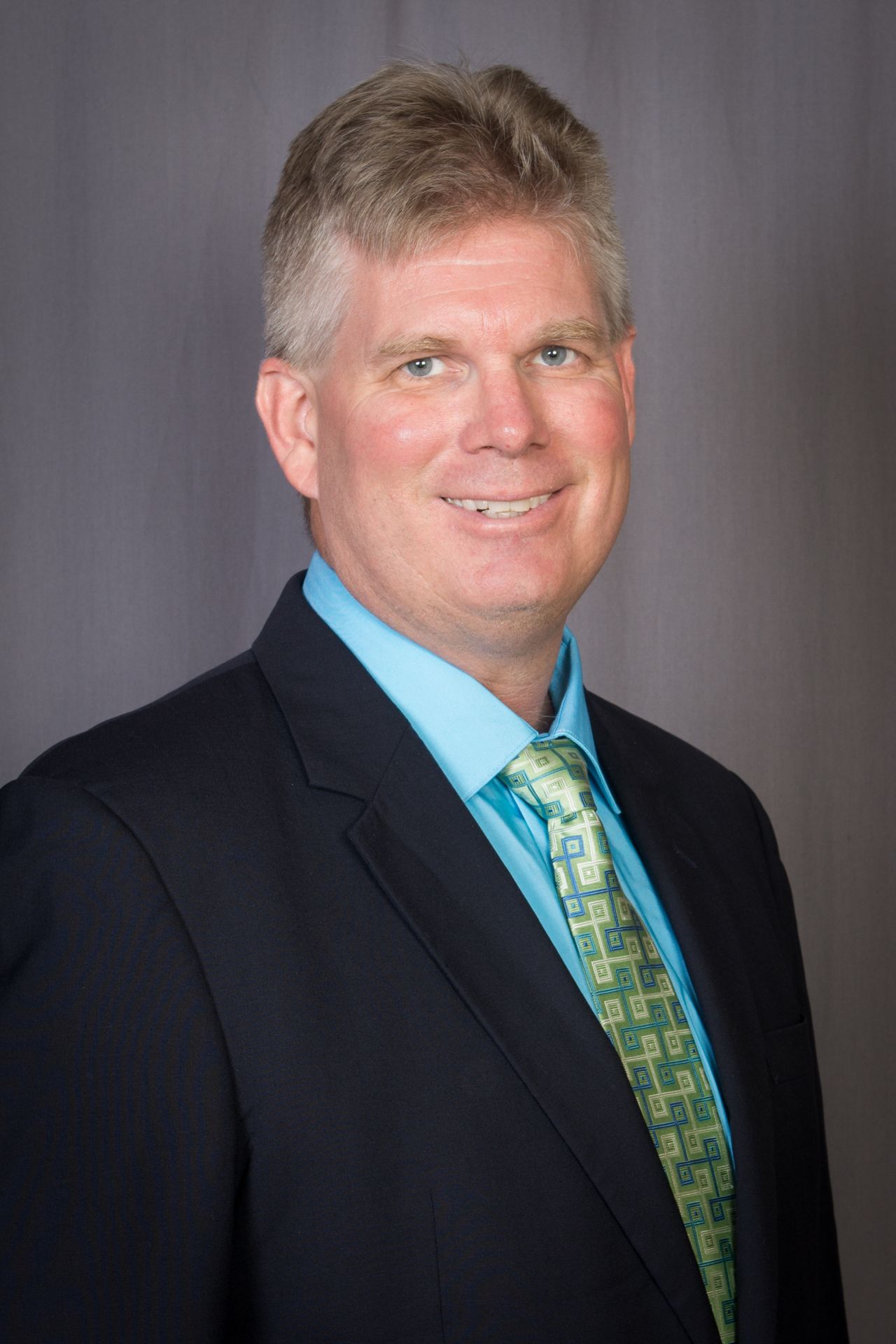 The impact of the COVID-19 pandemic on universities has been wide-ranging, as it has forced remote learning across campuses, with a few exceptions.
The impact of the COVID-19 pandemic on universities has been wide-ranging, as it has forced remote learning across campuses, with a few exceptions.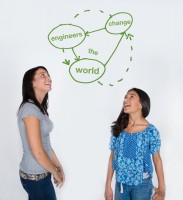 Founded by the National Society of
Founded by the National Society of 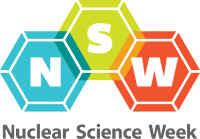

 Wednesday during National Nuclear Science Week is devoted to the topic of Nuclear Energy. Do you know how we use the energy obtained by splitting the atom to produce the electricity that charges up your phone, powers your TV and router, and lights your way? Click on the link below to see the basics.
Wednesday during National Nuclear Science Week is devoted to the topic of Nuclear Energy. Do you know how we use the energy obtained by splitting the atom to produce the electricity that charges up your phone, powers your TV and router, and lights your way? Click on the link below to see the basics.